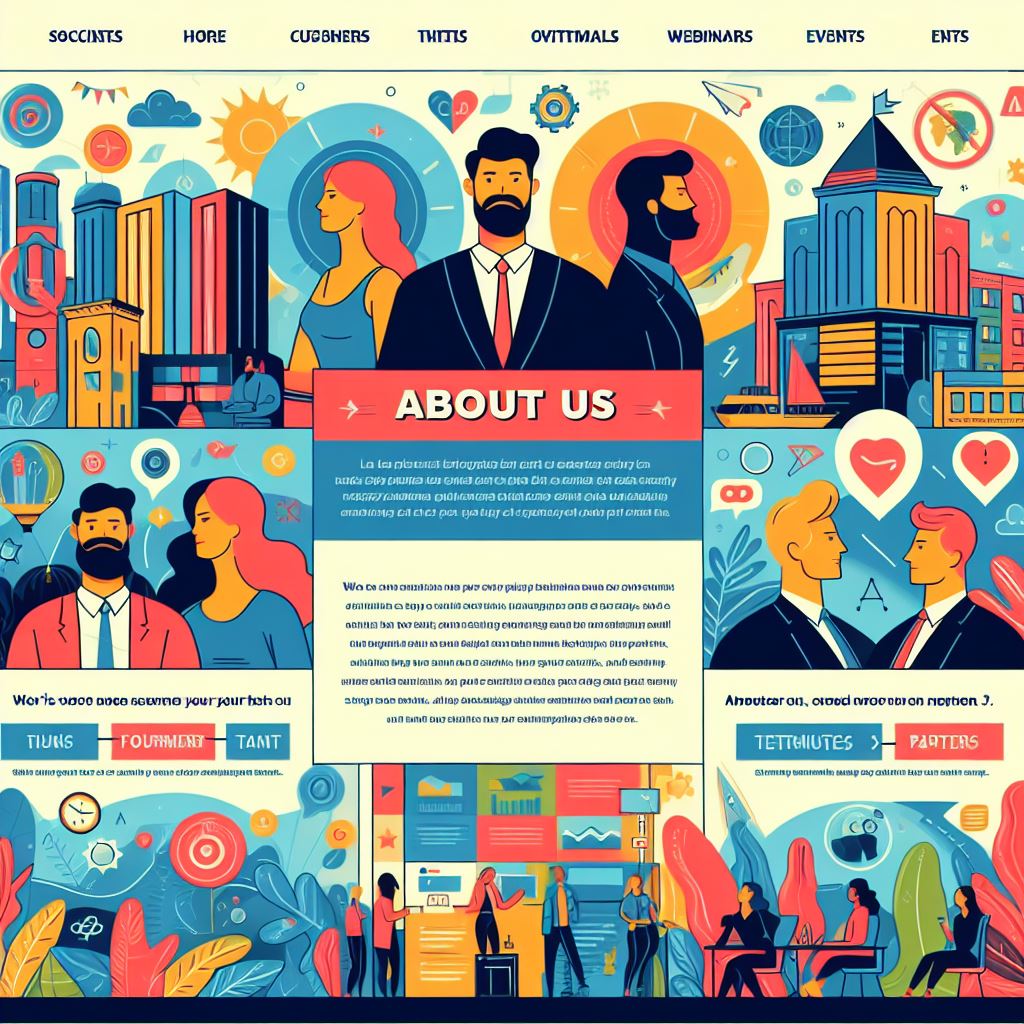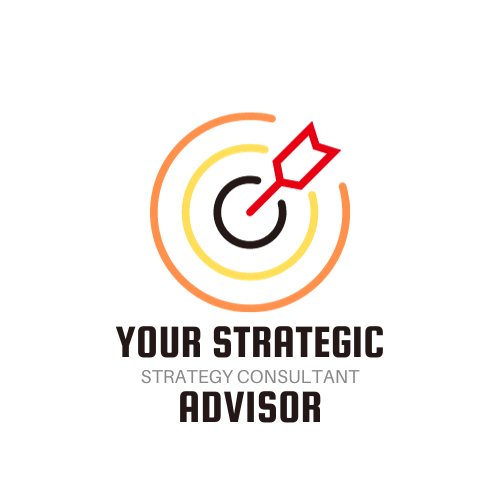We are (rather want to be a ) a team of experts who are passionate about helping small businesses and MSMEs (micro, small and medium-sized enterprises) to achieve their sustainability goals and thrive in a low-carbon economy. We believe that small businesses and MSMEs are critical to achieving India’s climate leadership ambitions, as they account for about 45% of the country’s industrial output and 40% of its exports. They also employ over 110 million people, many of whom are vulnerable to the impacts of climate change.

However, we also know that small businesses and MSMEs face many challenges and barriers in adopting decarbonization practices, such as lack of knowledge, access to finance, technology, and markets.
That’s why we offer a range of services and solutions to help them overcome these obstacles and seize the opportunities of the green economy.
Our services that we want to provide:
- Climate policy and regulation analysis and advocacy
- Climate education and awareness
- Climate risk assessment
- Carbon footprint measurement
Climate policy and regulation analysis and advocacy
Climate policy and regulation analysis and advocacy are important ways to influence the decisions and actions of governments, businesses, and other actors to address the causes and consequences of climate change. Here are some steps to do it effectively:
- Define the problem and the goal. Identify the specific issue or challenge related to climate change that needs to be addressed, and the desired outcome or solution. For example, reducing greenhouse gas emissions from a certain sector, increasing renewable energy adoption, or enhancing climate resilience for vulnerable communities.
- Research the context and the stakeholders. Gather relevant information and data about the current situation, the existing policies and regulations, the potential impacts and benefits of different options, and the key actors and their interests and positions. For example, using scientific reports, economic analyses, public opinion surveys, or stakeholder interviews.
- Develop a strategy and a plan. Based on the research, design a strategy and a plan to achieve the goal, considering the opportunities, challenges, and risks. The strategy should include the following elements: a clear and compelling message, a target audience, a set of actions, a timeline, a budget, and a monitoring and evaluation system. The plan should also specify the roles and responsibilities of the team members and partners involved in the advocacy.
- Implement the plan and communicate the message. Execute the actions outlined in the plan, such as lobbying, campaigning, networking, or mobilizing. Communicate the message to the target audience, using appropriate channels, formats, and languages. For example, using media, social media, events, publications, or petitions.
- Monitor and evaluate the results. Track the progress and outcomes of the advocacy, using the indicators and methods defined in the plan. Assess the effectiveness and impact of the advocacy, and identify the lessons learned and the areas for improvement. For example, using feedback, surveys, reports, or case studies.
Climate Risk Assessment
Climate risk assessment and management is the process of identifying, analyzing, and addressing the potential impacts of climate change on your business, assets, and stakeholders. It can help you to reduce your vulnerability, enhance your resilience, and seize the opportunities of the low-carbon transition.
- Educate the organization and management about the causes and consequences of climate change, and the benefits of taking action.
- Conduct a materiality assessment to identify the most relevant climate risks and opportunities for your business, based on your sector, location, value chain, and stakeholder expectations.
- Gather historical and current data on your greenhouse gas emissions, energy use, water consumption, waste generation, and other environmental indicators, as well as your exposure and sensitivity to climate hazards and impacts.
- Plan for the assessment by defining the scope, objectives, methods, tools, and resources that you will use.
- Execute the assessment by applying the chosen method and tool to estimate your current and future climate risk profile, considering different scenarios and time horizons.
- Report, mitigate, and re-assess your climate risks and opportunities. Communicate findings and recommendations to your internal and external stakeholders, and implement the appropriate measures to reduce your emissions, adapt to the changing conditions, and manage your residual risks. Monitor and evaluate your progress and performance and update your assessment regularly to reflect the latest data and information.
Carbon footprint measurement
A carbon footprint is the sum total of all the greenhouse gas emissions that had to take place in order for a product to be produced or for an activity to take place. There are different methods to measure a carbon footprint, such as:
- Lifecycle assessment: This involves adding up as many of the emissions pathways as possible, such as the extraction of raw materials, the manufacturing process, the transportation, the use, and the disposal of a product
- Input-output analysis: This uses economic data to estimate the emissions associated with the production and consumption of goods and services in a country or region.
- Carbon calculators: These are online tools that estimate the carbon footprint of an individual, a household, a business, or a product based on some input data, such as energy use, transport, food, and waste.
The carbon footprint can be expressed in different units, such as kilograms, tons, or metric tons of carbon dioxide equivalent (CO2e), which is a standard measure that accounts for the different global warming potentials of different greenhouse gases.
Climate Education and Awareness
Climate education and awareness are essential for empowering people to take action on climate change and to build a more sustainable future. Climate education and awareness can be done through various means, and we are pursuing that objective with our Blog Cum Website https://yourstrategicadvisor.online
Climate education and awareness can help to:
- Raise the public understanding and awareness of the science, impacts, and solutions of climate change
- Enhance the capacity and motivation of individuals and groups to take informed and effective climate action
- Strengthen the social and political support and demand for climate policies and measures
- Foster a global citizenship and solidarity for climate justice and sustainability
Our vision is to create a network of climate-smart small businesses and MSMEs that can contribute to India’s national and international commitments to reduce greenhouse gas emissions and adapt to the changing climate. We also aim to enhance the competitiveness, resilience, and social impact of our clients and partners.
We are proud to be part of the global movement to tackle climate change, which is the defining challenge of our generation and the greatest threat to human health. We invite you to join us in this journey and make a difference for your business and the planet.
Appointment Booking
To book an appointment to talk about projects, consulting and collaboration, use my HubSpot Meeting Scheduler
https://meetings.hubspot.com/balaraman-sriram
Partnering
Consultants, Advisors interested to partner with me specializing Sustainability on the below areas may please contact me.
- Water
- Transport
- Food
- Electricity
- Waste Management
- Sustainability
- Recycle
- Reuse
Contact us at consultant@yourstrategicadvisor.online




